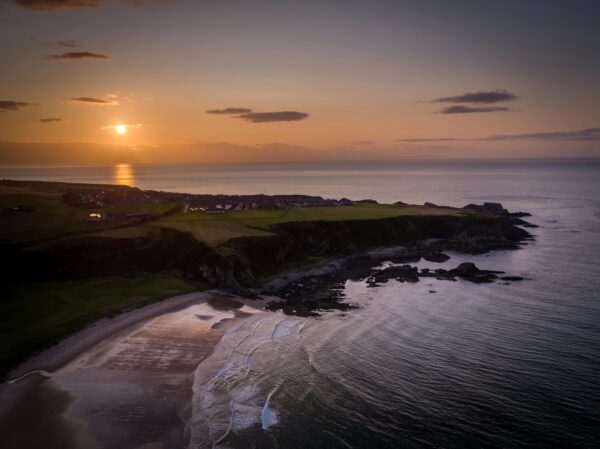The Scottish Government is now consulting on legislative proposals which would enable Scottish Ministers to introduce a registration process for marine nature restoration projects, and apply Marine Conservation Orders to habitats and species undergoing restoration and standalone European marine sites.
The feedback provided in the consultation will help to decide whether the legislative proposals will be taken forward, and will influence further policy development on how the proposals can be best implemented.
Background
Over the last few years Scottish Government has seen a strong interest from local communities across Scotland who want to take part in nature restoration in the marine environment. Most projects currently in the water in Scotland are small, community-led initiatives that undertake some form of habitat (re)creation or species reintroduction, for example by planting seagrass and placing native oysters on the seabed. In addition, Scottish Government have committed to develop a Restoration Plan for marine and coastal ecosystem restoration, including prioritising habitats and locations, as part of the five year Delivery Plan for the Scottish Biodiversity Strategy.
Credit: Callam Barnes
Community groups and stakeholders interested in undertaking restoration have highlighted two key challenges to the sector developing further:
- a difficult and complicated regulatory environment of licences, permits and consents needed for restoration activity; and
- lack of a clear mechanism to protect the habitats and species that are being restored.
To address these issues, the consultation is on two legislative proposals:
- Part 1 – Registration process for marine nature restoration projects. To take powers to introduce a registration process for marine nature restoration projects that fall below a threshold of environmental impact, instead of having to apply for a marine licence
- Part 2 – Marine Conservation Orders. To enable Scottish Ministers to apply Marine Conservation Orders to protect habitats or species under restoration from potentially damaging activities.
You can respond to this consultation using the Scottish Government’s consultation hub, Citizen Space.
In addition to the two proposals, the Scottish Government is seeking feedback on two additional changes to Marine Conservation Orders (MCOs). One addresses a current limitation where MCOs can only safeguard a type of protected area called a ‘European marine site’ if it overlaps or adjoins a Marine Protected Area (MPA). European marine sites include Special Areas of Conservation and Special Protection Areas, which don’t always overlap with MPAs. The other simplifies a technical aspect of the consultation process for these Orders.
Read more about this consultation and background to each part here. The deadline for all responses is 16 May 2024.
